 | ||||||||||||||||||||||||||||||||||||||||||||||||||
| For education orders please call 1-877-290-8256. Welcome to the Fourth Week of June Featured Article! Scorpius Geoff Gaherty, Starry Night EducationScorpius is one of the prettiest constellations in the sky, and one of the few which actually resembles its name. 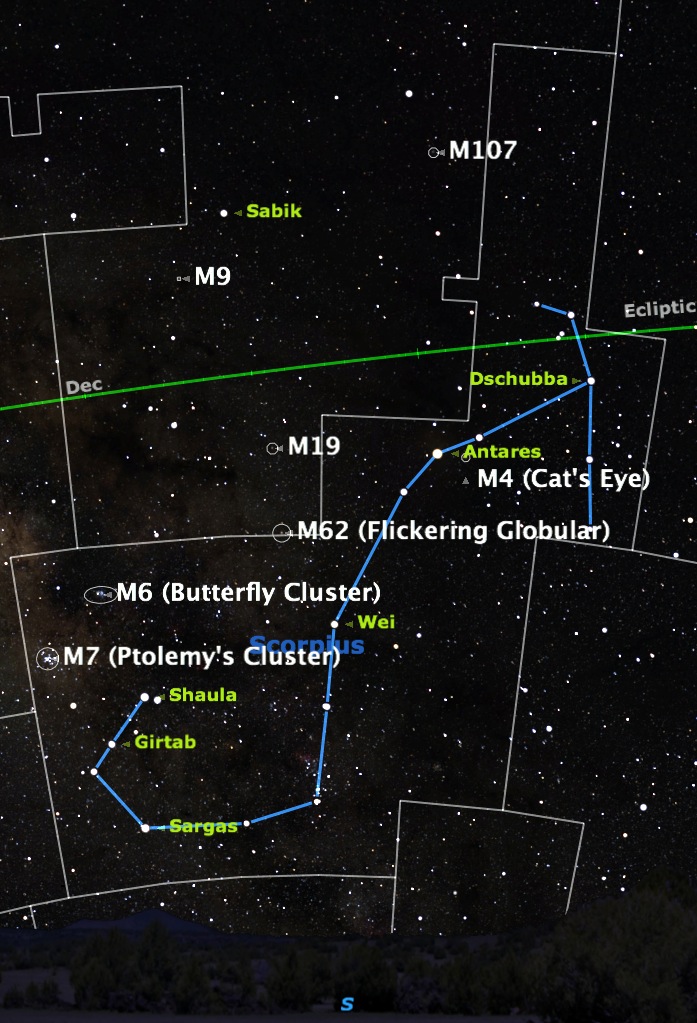 Look southward after twilight ends to see Scorpius, one of the few constellations which actually resembles its name. Credit: Starry Night software. Most of the myths about Scorpius associate it with Orion, almost directly opposite it in the sky. The bright red giant star Antares marks the heart of the Scorpion. Its name means "anti-Mars" because its deep red color resembles that of the planet Mars. Thirteen years ago in 2001, Mars came to opposition close to Antares, and the two deep red objects made a spectacular sight. Two years from now, on August 24, 2016, Mars will again approach Antares closely, passing less than two degrees to its north. Antares is an interesting double star. The bright red giant has a tiny companion almost lost in its glare, even in large amateur telescopes. I have seen it with a 6-inch telescope at 200x. Because of the red color of Antares, this companion often looks greenish, a color rarely seen in stars. To the west of Antares (to its right in the northern hemisphere) is an arc of three bright stars marking the Scorpion’s claws. The northernmost of these stars, Graffias, is one of the finest double stars in the sky, its two bluish components easily split at 100x in a 4-inch telescope. Just to its east is Nu, a "double-double" in an 8-inch telescope under steady seeing conditions. To the east and below Antares, the long tail of the Scorpion curves down, ending in the bright twin stars Shaula and Lesath, sometimes called "the Cat’s Eyes" or "the Stinger." Shaula is Arabic for "the raised tail," and Lesath is Arabic for "animal bite." Although close together in the sky, these do not form a true double star since they are respectively 709 and 522 light years away from the Sun. They are easily seen as two separate stars with the naked eye, looking like a cat’s eyes peering over the southern horizon. Not all of the Scorpion’s tail is visible if you live in the northern part of North America or you have obstructions on your southern horizon. Scorpius contains some of the finest deep sky objects in the sky. Close to the Scorpion’s stinger are two of the brightest open star clusters, number’s 6 and 7 in Messier’s catalog. Messier 7, located 800 light years from the Sun, is sometimes called "Ptolemy’s Cluster" because it was catalogued by Claudius Ptolemy in the second century AD. Messier 6, known as the "Butterfly Cluster" is almost twice as far away. Both these clusters are beautiful sights in binoculars. Scorpius also contains two of the finest globular clusters. Messier 4, half way between Antares and Al Niyat to its right, is one of the nearest globulars to us, 14,000 light years distant. Messier 80 is 33,000 light years away, and is located close to the "u" in Dschubba in our chart. Notice how the ecliptic, the path of the Sun and planets across our sky, passes through only a very narrow portion of Scorpius, compared to a much broader patch of Ophiuchus. While observing Scorpius, be sure to check out the numerous fine globular clusters in Ophiuchus. Coming Events Here is a rundown of events coming soon to a sky near you!Friday, June 27, 4:08 a.m. EDT New Moon The Moon is not visible on the date of New Moon because it is too close to the Sun, but can be seen low in the East as a narrow crescent a morning or two before, just before sunrise. It is visible low in the West an evening or two after New Moon. 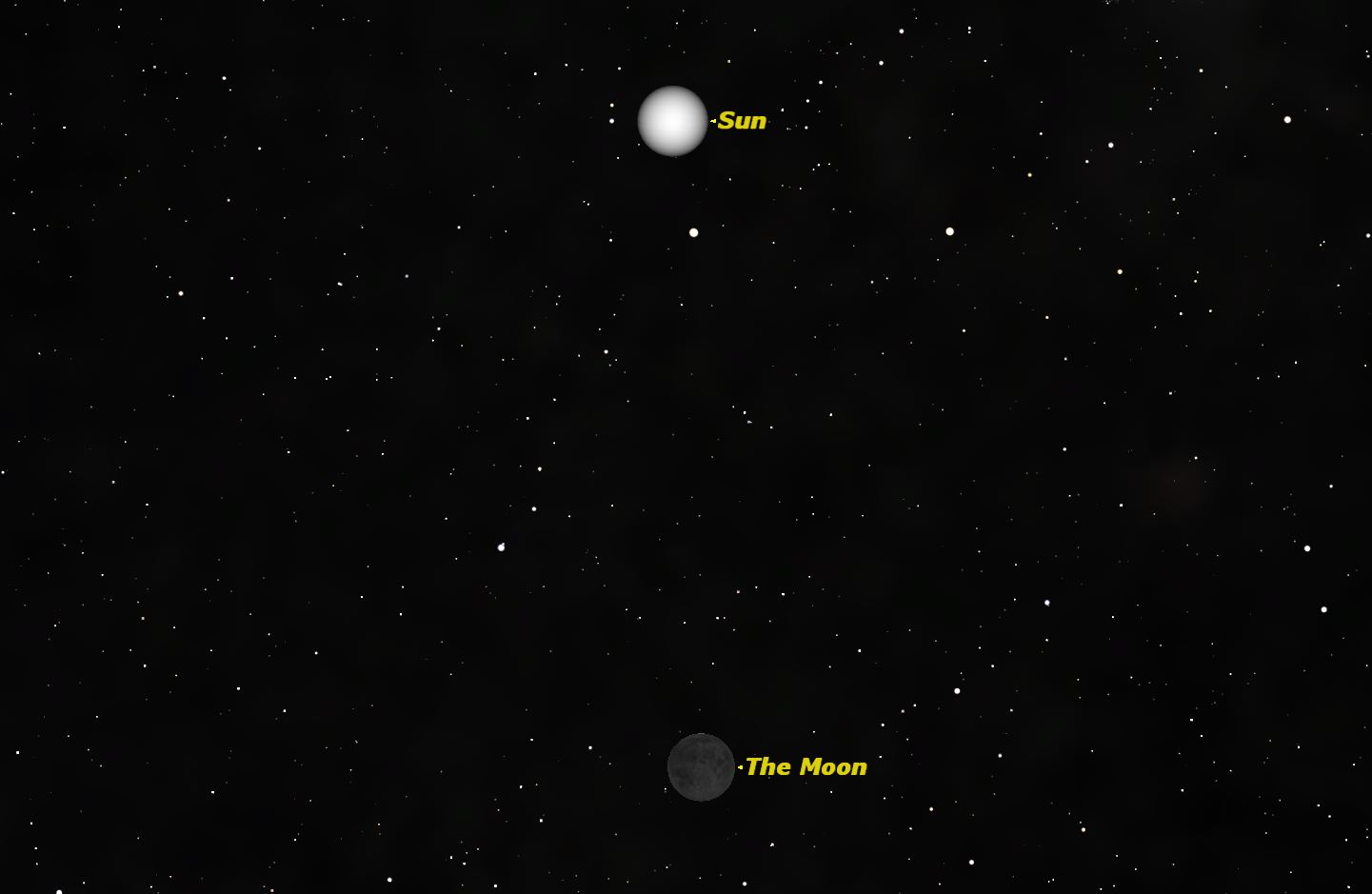
Observing Highlights Tuesday, June 24, dawnVenus and the Moon The slender crescent Moon will pass just below the planet Venus. 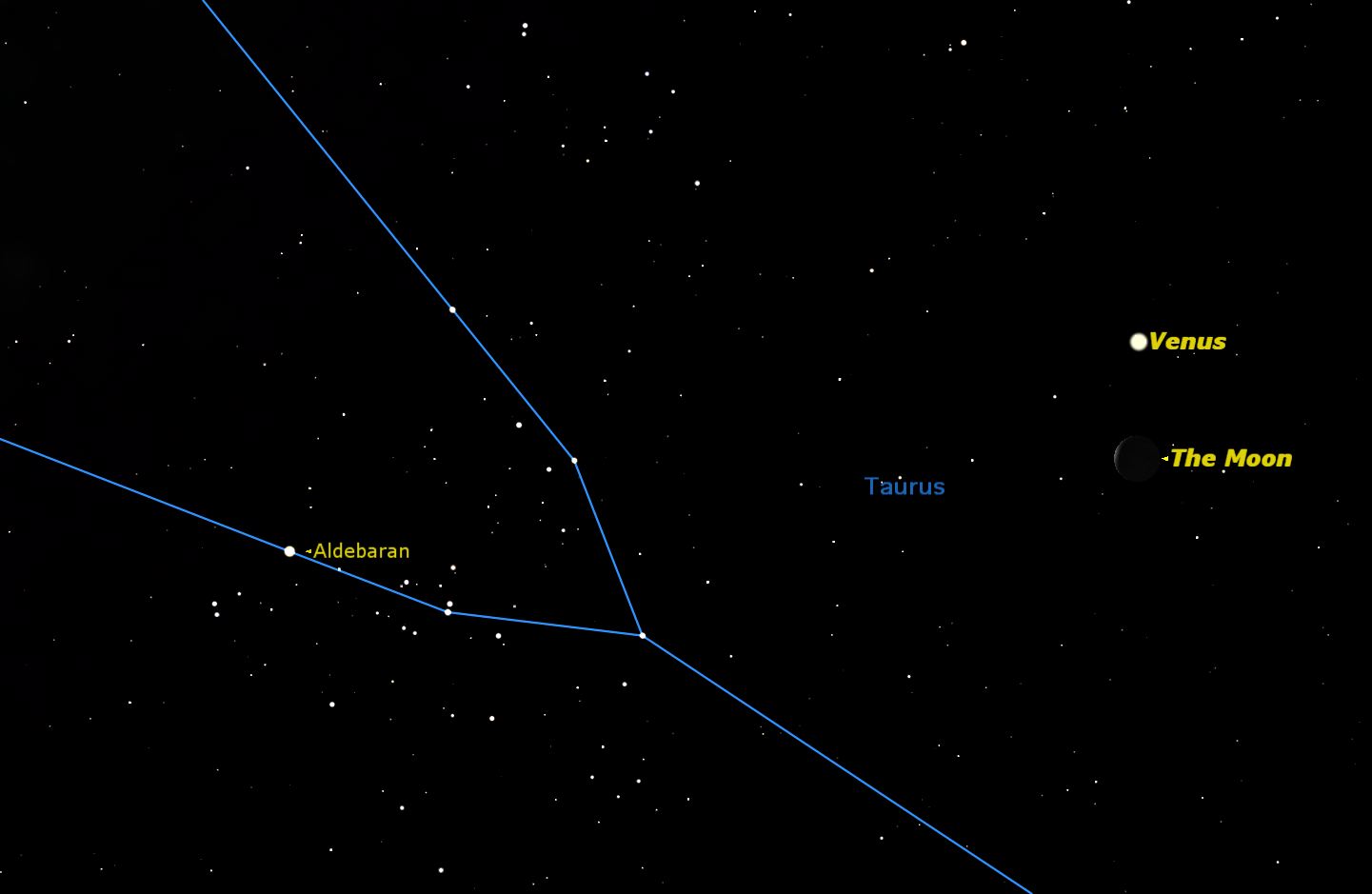
Wednesday, June 25, dawn Aldebaran and the Moon The Moon passes just north of the bright star Aldebaran in Taurus. 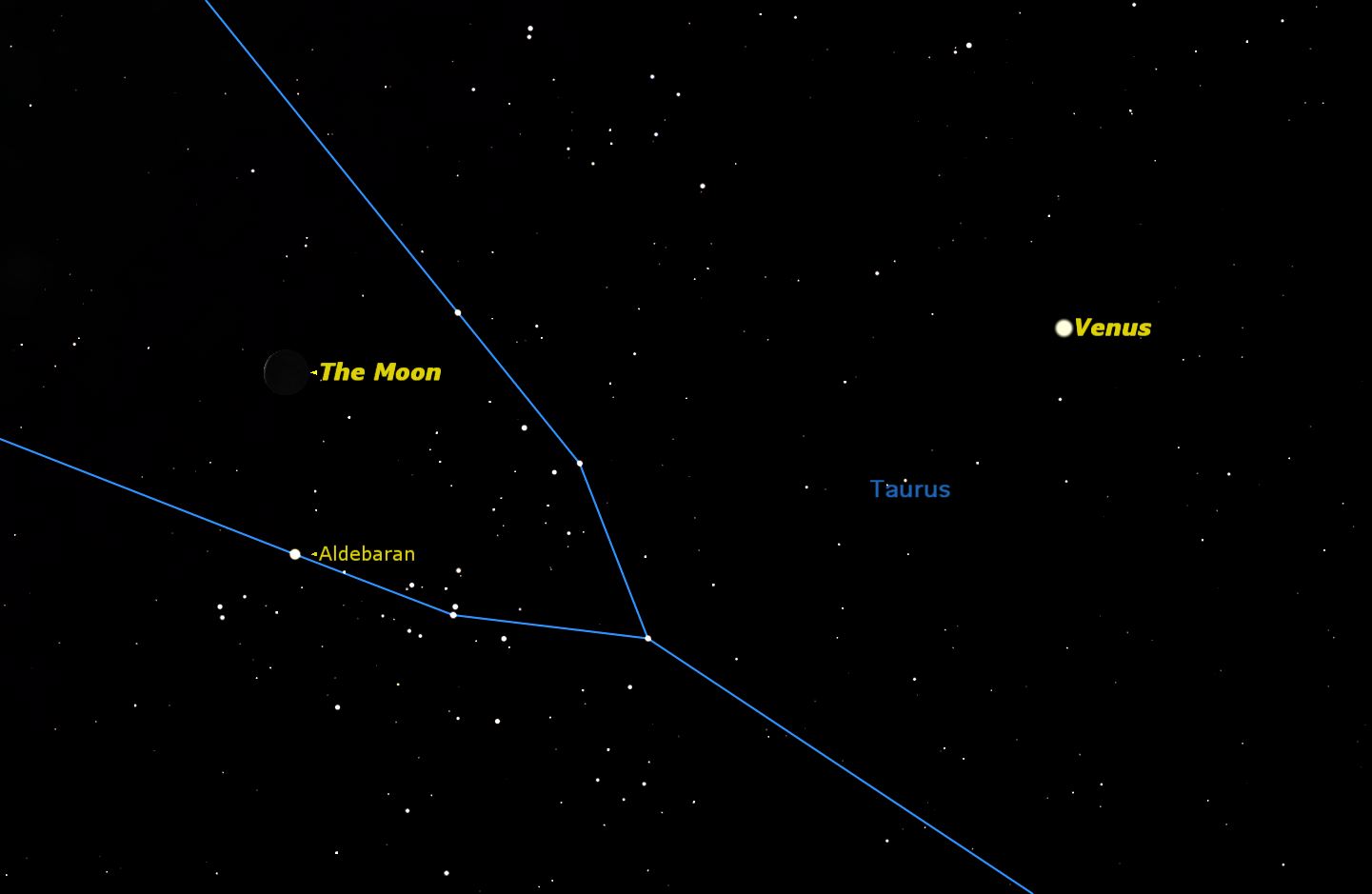
Planets Mercury sets just after the Sun for the first two weeks of the month, but will be too close to the Sun to be seen for the last two weeks.  Venus is low in the eastern sky, rising just before the Sun.
Venus is low in the eastern sky, rising just before the Sun.
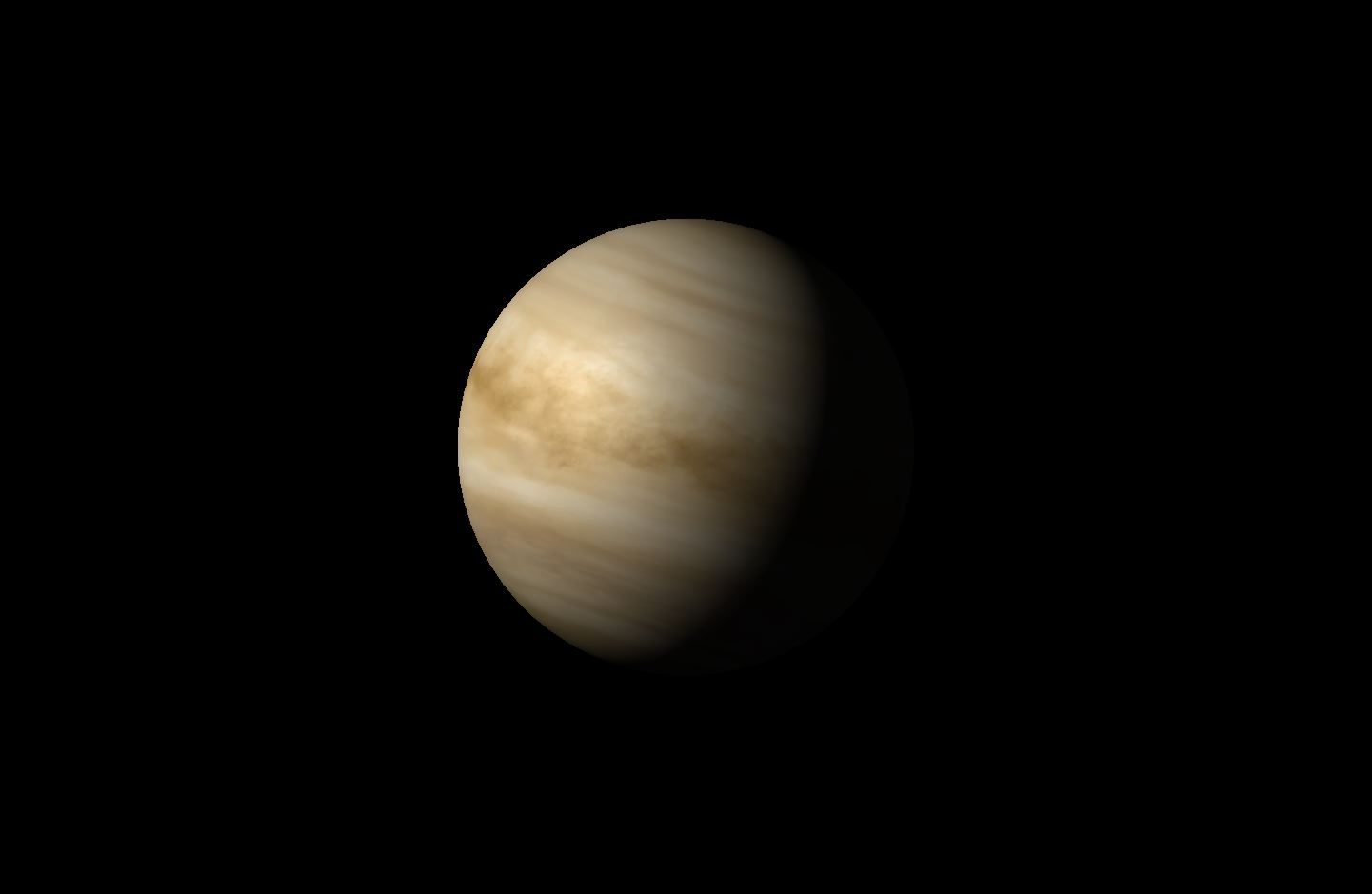 Mars is now fading rapidly in brightness as it moves towards the far side of the Sun.
Mars is now fading rapidly in brightness as it moves towards the far side of the Sun.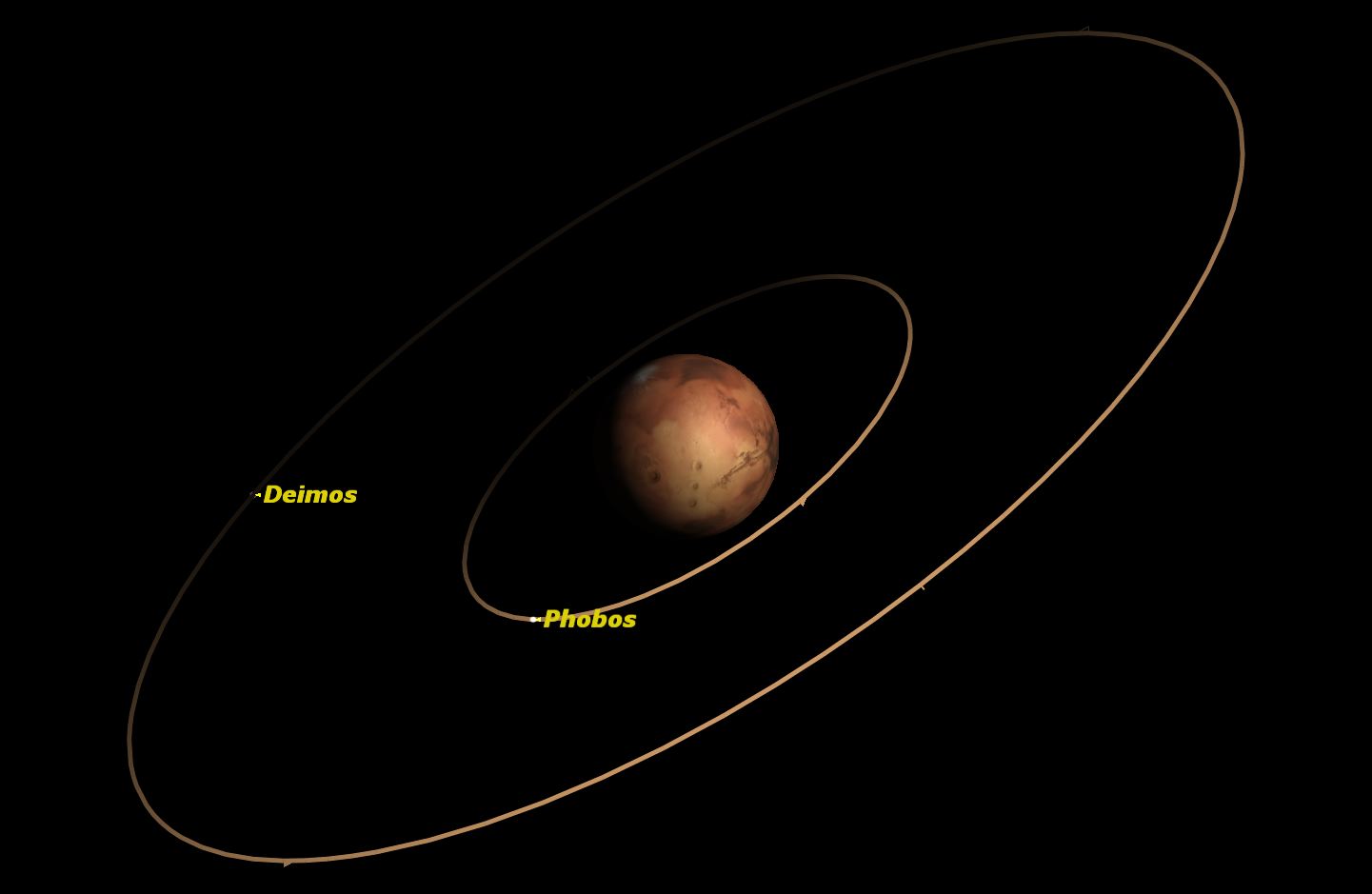 Jupiter is now low in the western sky at sunset, and is lost behind the Sun at the end of the month.
Jupiter is now low in the western sky at sunset, and is lost behind the Sun at the end of the month.
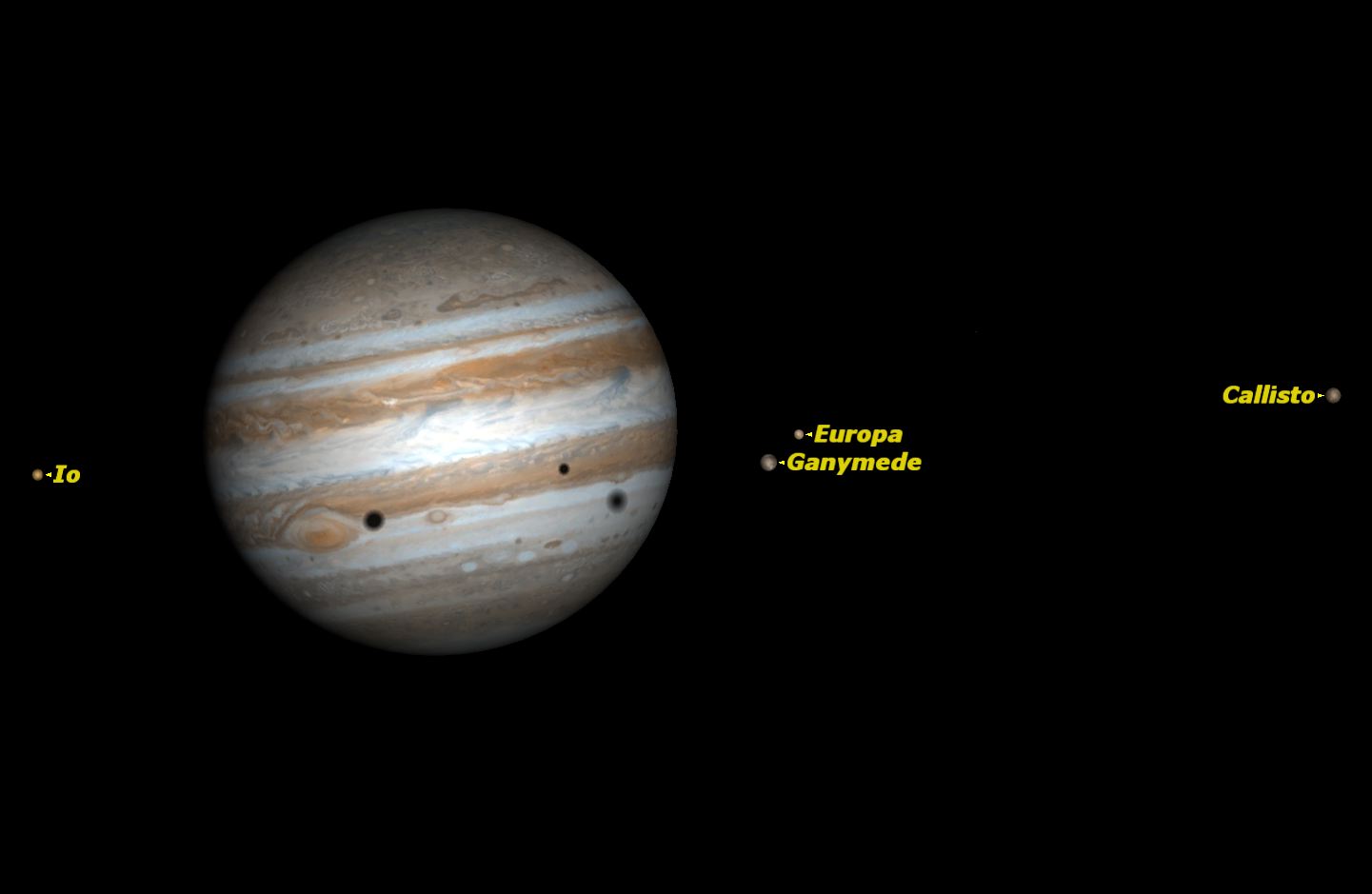 Saturn, in Libra, is well placed in the southern sky for most of the night.
Saturn, in Libra, is well placed in the southern sky for most of the night.
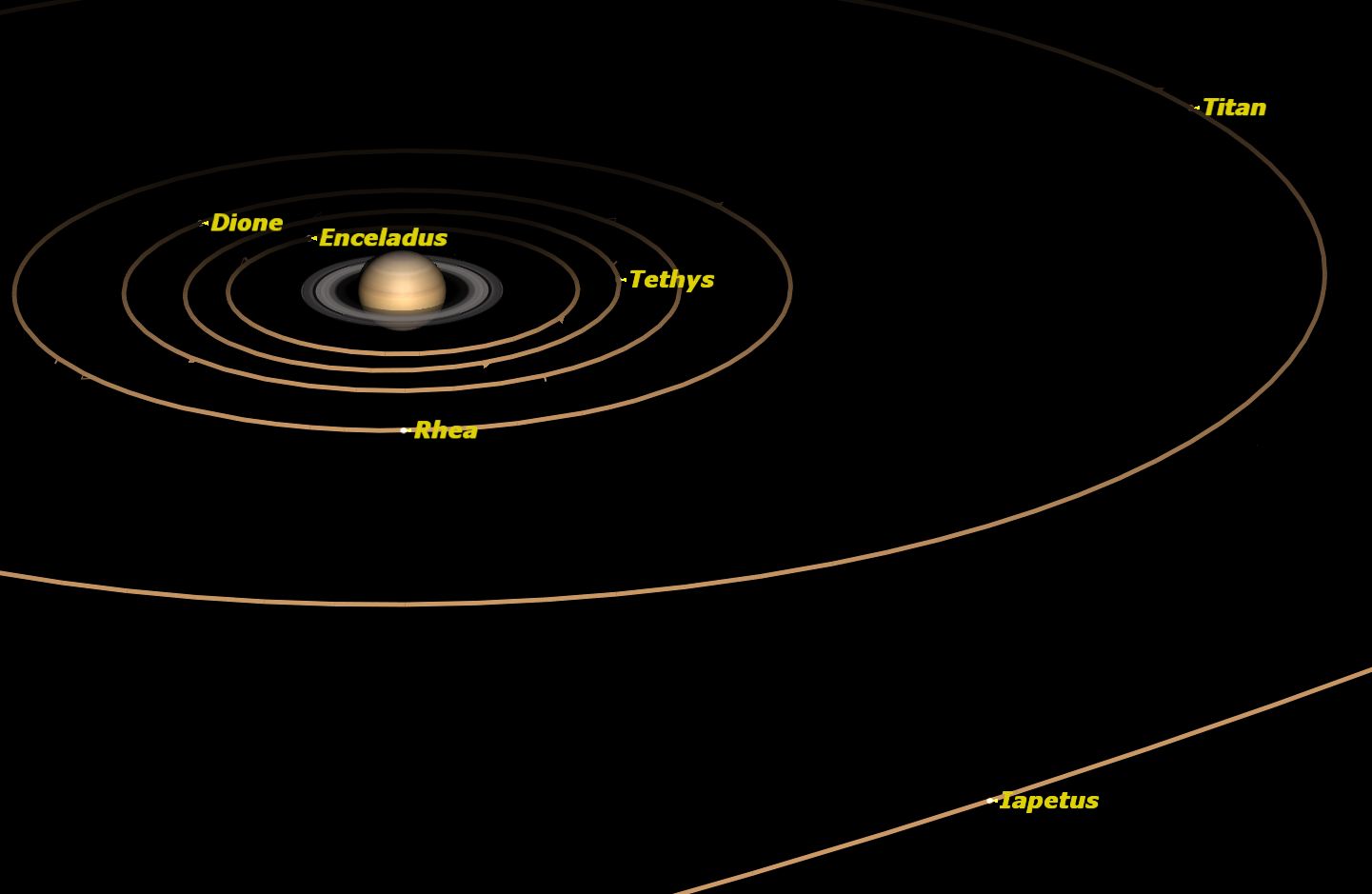 Uranus is located in the constellation Pisces, rising just before the Sun.
Uranus is located in the constellation Pisces, rising just before the Sun.
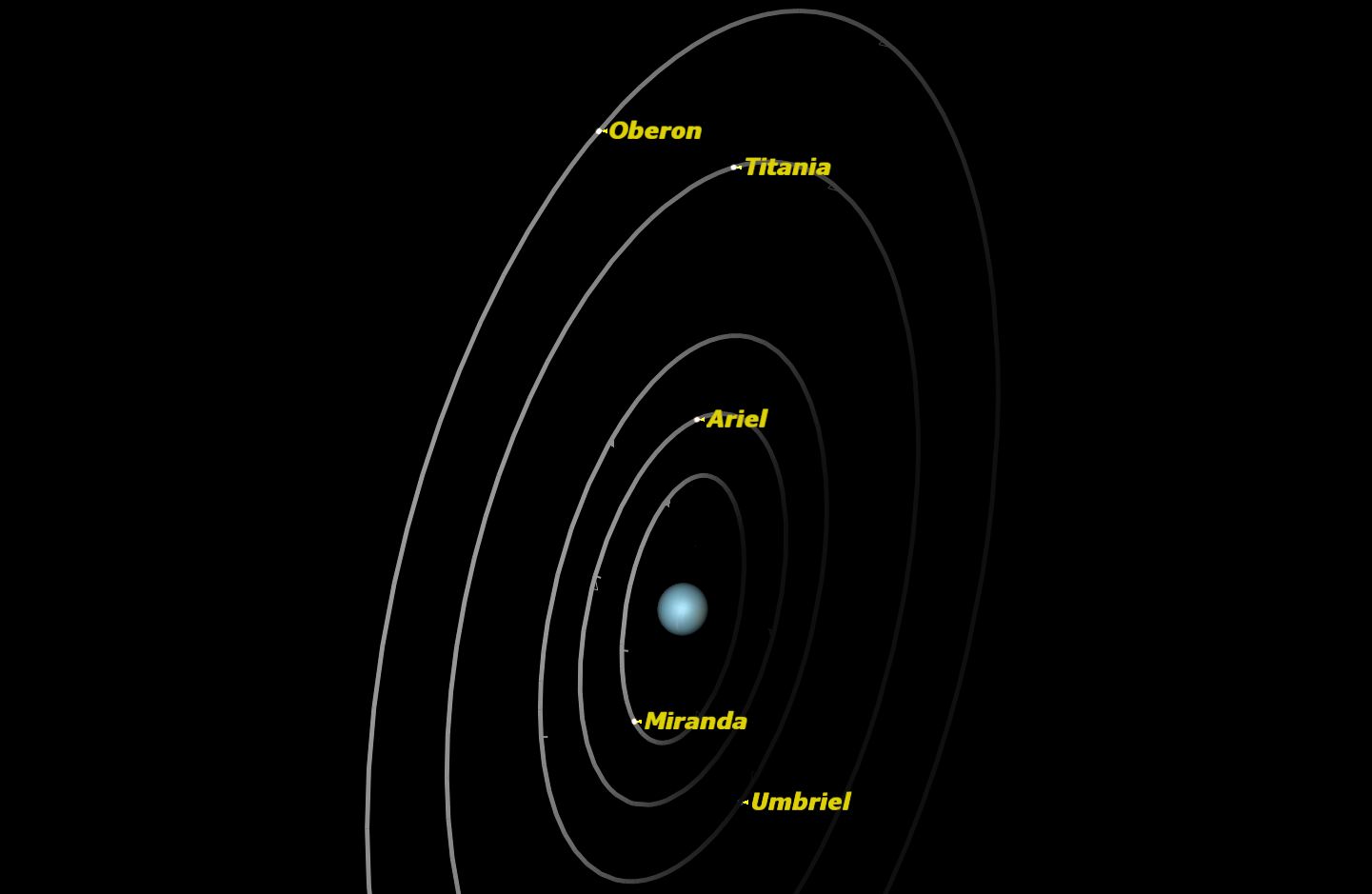 Neptune is in Aquarius all month, rising after midnight.
Neptune is in Aquarius all month, rising after midnight.
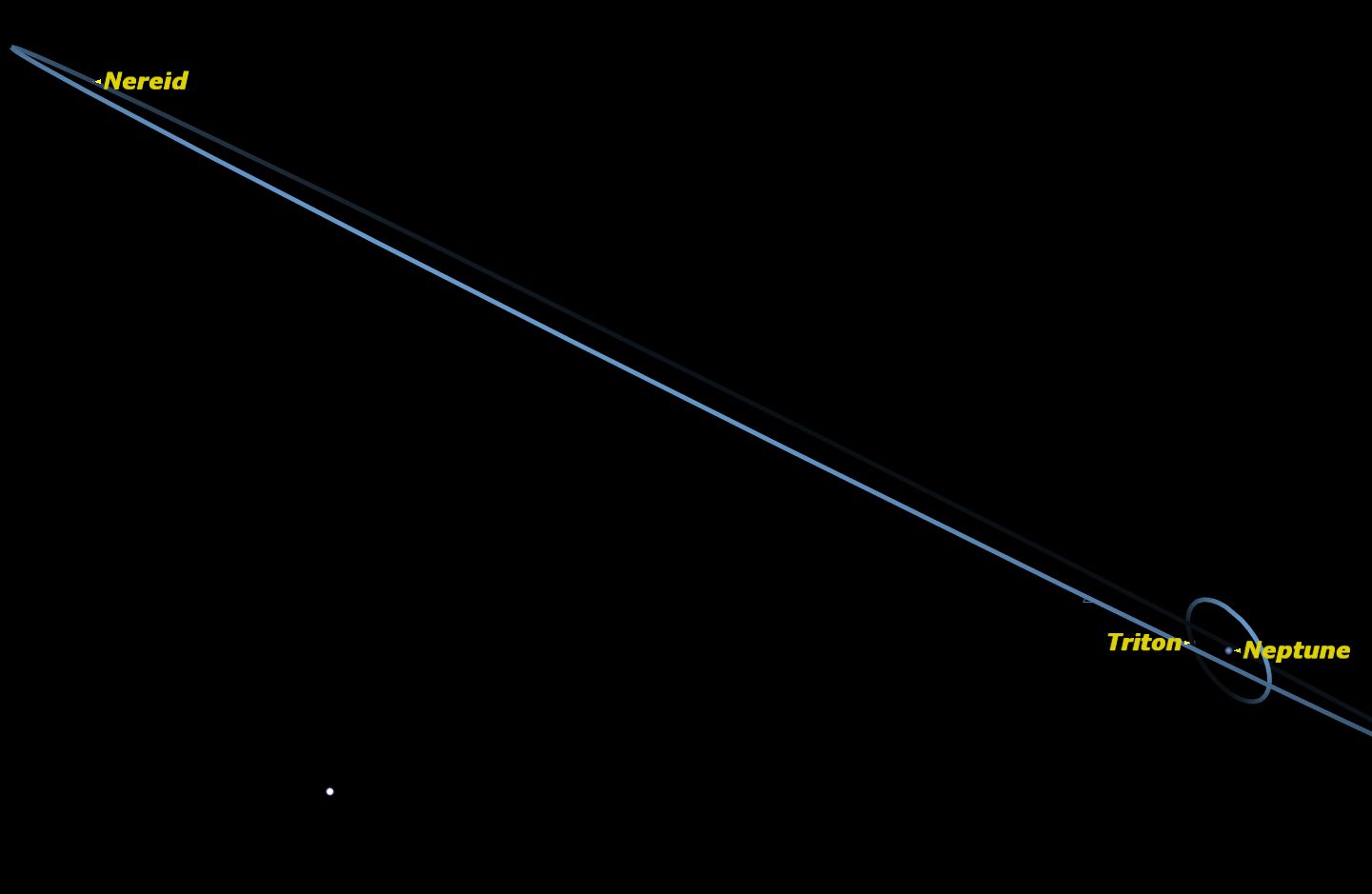
|
© 2016 Simulation Curriculum Corp. All Rights Reserved.
|
| | |||||||||||||||||||||||||||||||||||||||||||||||
